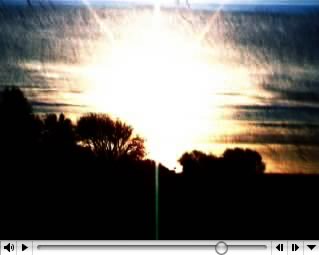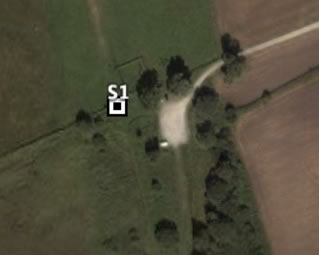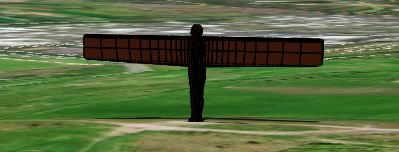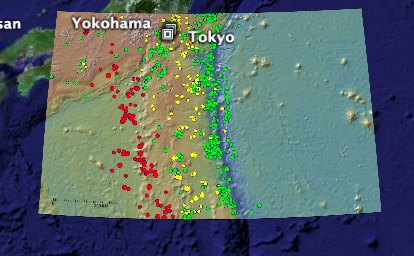Responding to yesterday’s archeology link, David Haskiya of Sweden’s Office of Antiquities writes that they too have been been experimenting with Google Earth.
His office uses an Oracle spatial database to keep tabs on all of the country’s historical monuments, from the Stone Age on, and they’ve now written up some java that converts all this geodata into KML. David’s made a sample available, of Stockholm’s historical monuments: I’ve wrapped it into a KMZ network link ready for download (KMZ).
Each placemark links to the corresponding record’s webpage, and while the info is in Swedish, it’s worth taking a look, as at the bottom of these pages are links to scanned primary sources. It really feels like there is some amazing potential for data mining here, with this sample just scratching the surface.
The transformative power of geobrowsing the database is unfortunately proving to be something a problem, says David (translated from Swedish):
The theft of church objects and the plundering of historical remains means public authorities are a little nervous about making the data public in this fashion. We continue to discuss internally about what kind of restrictions should be implemented.
(If you speak Swedish, here is more context.)
Currently, searching the database is possible only by userid/password, but available to all at museum libraries around the country. Making this data available in Google Earth is thus less of an issue than whether the data should be publicly available at all. Sweden is a large country with few people and thousands of remote archeological sites. Making the location of each site public would make the task of would-be robbers too easy, goes the argument.
On a technical note: The database looks accurate to 1/1000 of a degree. In the center of Stockholm, this causes the placemarks to stick to a grid; Google Earth can clearly support much more precise positioning.
Given access to such a database, I could imagine researchers truly benefiting from being able to map search results dynamically, such as, for example, Viking settlements by decade. i can’t wait for Google Earth to add that time browser:-)



